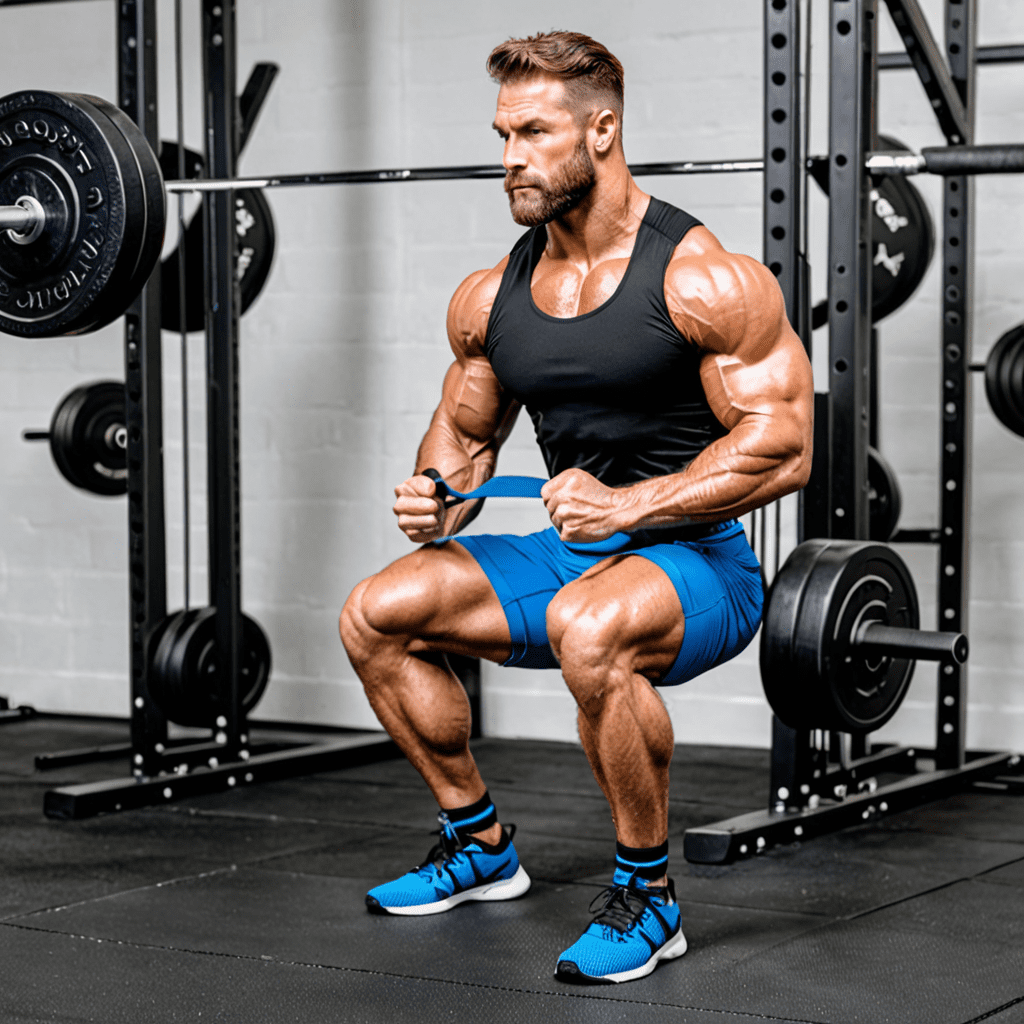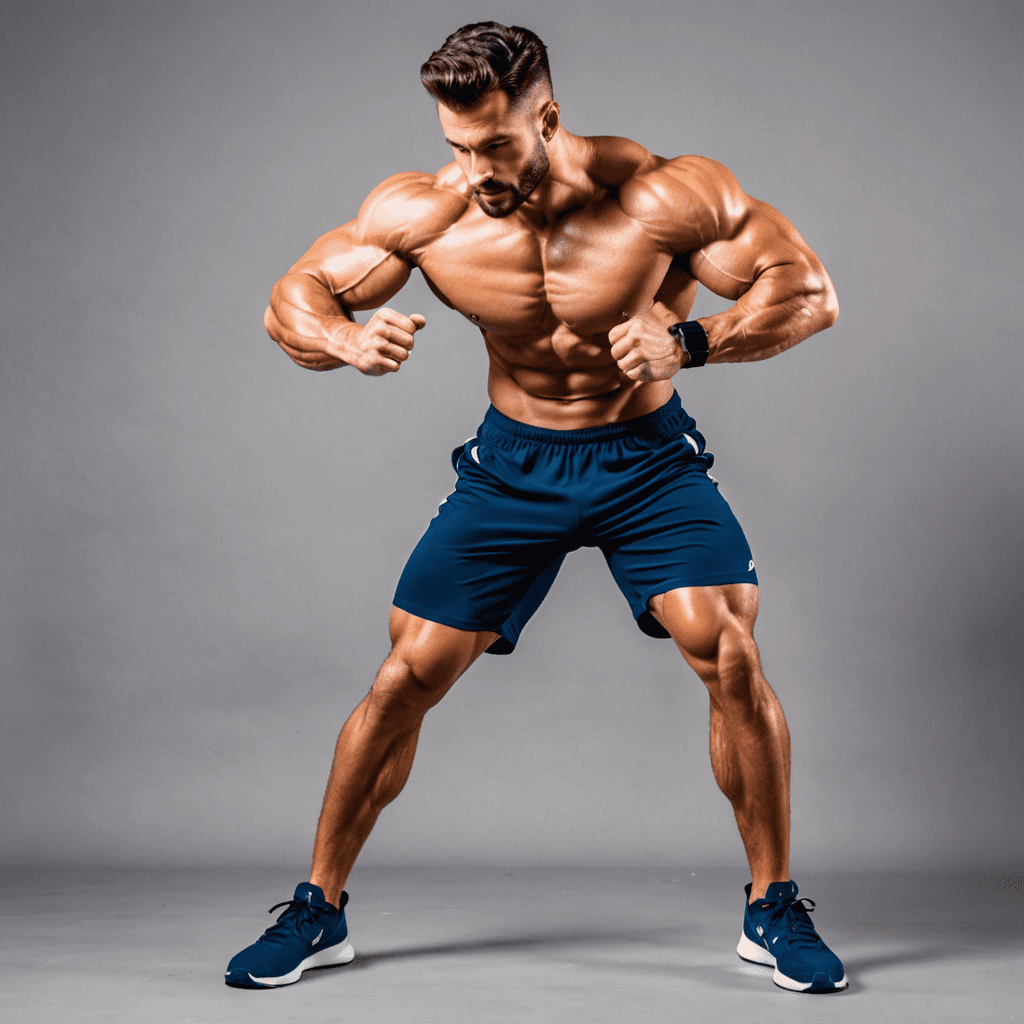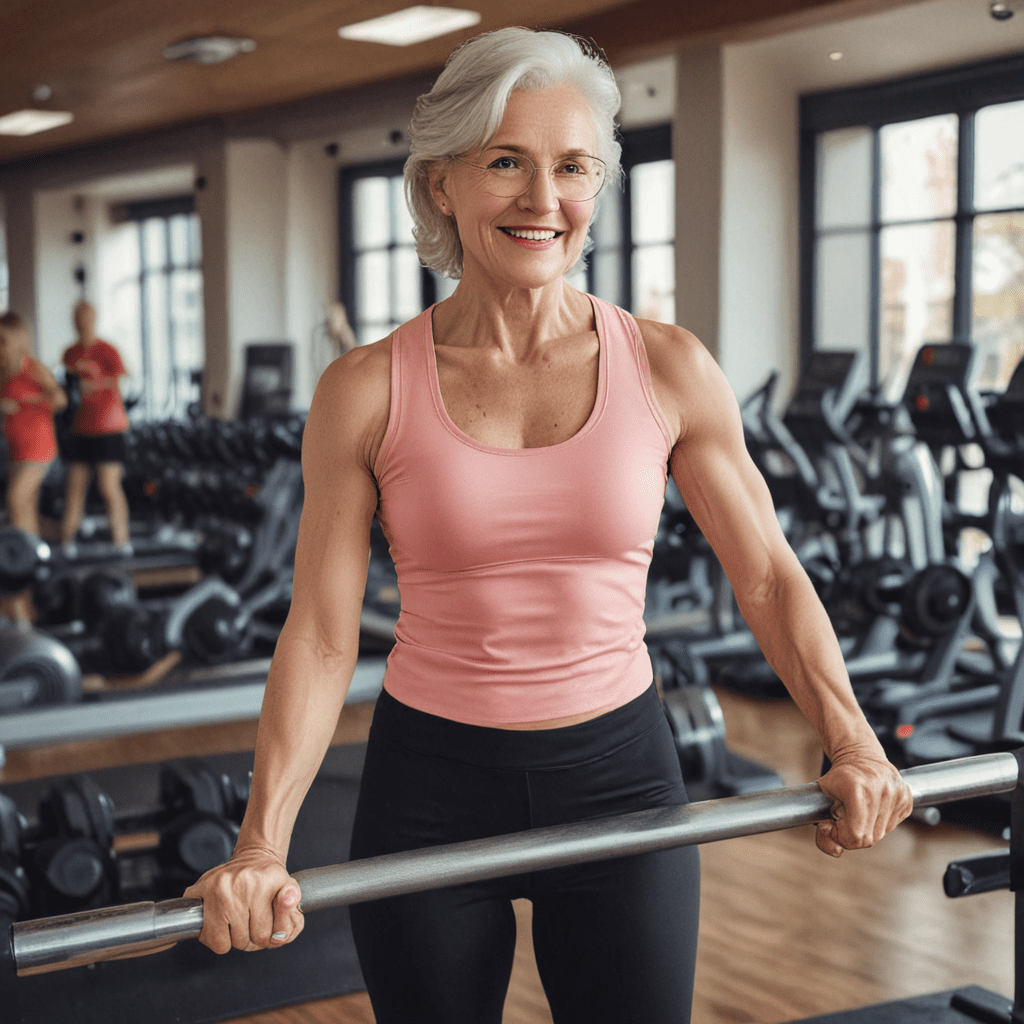
Unveiling the Impact of Knee Wraps on Your Squat Performance
Squats are a popular exercise for building lower body strength and muscle. Athletes and fitness enthusiasts are constantly seeking ways to optimize their squat performance, and one tool that often comes into play is knee wraps. But just how much do knee wraps add to your squat? In this article, we will explore the impact of knee wraps on your squat performance, discussing their benefits, potential drawbacks, and addressing some commonly asked questions.
Understanding Knee Wraps: What Are They and How Do They Work?
Knee wraps are elastic bands that are tightly wound around the knees during squatting exercises. The primary function of knee wraps is to provide support and stability to the knees, reducing the risk of injury. They work by compressing the knee joint, which can enhance proprioception and improve one’s sense of joint position. Additionally, knee wraps have been shown to increase the amount of elastic energy stored in the muscles and tendons around the knee, potentially leading to increased force output during the squat.
The Pros: Benefits of Using Knee Wraps during Squats
When used correctly, knee wraps can offer several benefits to individuals performing squats. Here are some of the potential advantages:
1. Increased Stabilization and Joint Support
Knee wraps provide an extra layer of support to the knee joint, reducing the risk of injuries such as ligament strains or tears. By stabilizing the knee, they can promote proper form and technique during squats, allowing individuals to lift heavier weights safely.
2. Enhanced Performance
One of the primary reasons athletes and lifters use knee wraps is their potential to enhance performance. By increasing the amount of elastic energy stored in the muscles and tendons, knee wraps may allow for greater force production during squats. This can lead to improved power output and the ability to lift heavier weights.
3. Improved Recovery and Reduced Soreness
Some individuals experience reduced muscle soreness and faster recovery times when using knee wraps. The compression provided by the wraps can aid in reducing inflammation and improving blood flow, potentially hastening the removal of metabolic waste products from the muscles. This may contribute to a quicker recovery and less muscle soreness post-workout.
The Cons: Drawbacks and Considerations of Using Knee Wraps
While knee wraps offer various benefits, it is important to consider their potential drawbacks and limitations. Here are some factors to keep in mind:
1. Dependency and Weakening Muscles
One potential downside of relying heavily on knee wraps during squats is that they can create a dependency on external support. If knee wraps are consistently used for every squat session, the muscles around the knee joint may weaken over time, as they rely on the wraps for stability. It is crucial to strike a balance and gradually reduce reliance on knee wraps to allow your muscles to develop strength naturally.
2. Restricted Range of Motion
The tightness of knee wraps can restrict the range of motion during squats. While this may be beneficial for powerlifters looking to lift the maximum amount of weight, individuals focusing on functional strength or sports performance may prefer a fuller range of motion. Maintaining flexibility and mobility should remain a priority when incorporating knee wraps into your squat routine.
3. Learning Curve and Technique Adaptation
Using knee wraps effectively requires practice and proper technique. The process of wrapping the knees correctly can be challenging at first, and the added pressure may take some time to get used to. It is essential to educate yourself on the appropriate wrapping techniques and gradually increase the tightness to avoid discomfort or potential injury.
FAQ: Addressing Commonly Asked Questions about Knee Wraps and Squats
Q: Are knee wraps allowed in all lifting competitions?
A: The rules regarding knee wraps vary depending on the specific competition or federation. Some powerlifting competitions allow knee wraps, while others may restrict their use. It is important to familiarize yourself with the rules of any competition you plan to participate in to ensure compliance.
Q: Do knee wraps increase your squat weight?
A: Knee wraps can potentially increase the amount of weight lifted during squats. The increased stability and support they provide, along with the potential for enhanced force output, may allow for heavier loads. However, it is important to remember that proper technique, form, and overall strength development still play crucial roles in increasing squat weight.
Q: Are knee wraps necessary for everyone?
A: Knee wraps are not necessary for everyone who performs squats. Individuals who have preexisting knee issues or require additional support may benefit from knee wraps. However, for those without specific knee concerns, developing proper technique, strength, and mobility may be more important for long-term progress and injury prevention.
Q: How tight should knee wraps be during squats?
A: The tightness of knee wraps will vary depending on personal preference and comfort. It is crucial to strike a balance between providing adequate support and not restricting blood flow or causing discomfort. Experiment with different levels of tightness to find what works best for you, and always listen to your body’s feedback.
Q: Do knee wraps help with knee pain during squats?
A: Knee wraps can provide some relief for individuals experiencing knee pain during squats. The compression and support offered by knee wraps may help stabilize the knee joint, reducing discomfort. However, if knee pain persists or worsens, it is important to consult with a healthcare professional to address the underlying causes of the pain.
Q: Can knee wraps replace proper technique and strength training?
A: Knee wraps should not be seen as a substitute for proper technique and strength development. While they can offer support and potentially enhance performance, focusing on building the necessary strength, mobility, and form should always be a priority. Knee wraps should be used as a tool within a comprehensive training program, not as a shortcut to progress.
In conclusion, knee wraps can add value to your squat performance by providing stability, potentially enhancing performance, and aiding in recovery. However, it is crucial to use them judiciously, maintain proper technique, and strike a balance between support and natural strength development. Understanding the benefits and drawbacks of knee wraps allows individuals to make informed decisions and optimize their squat training accordingly.


